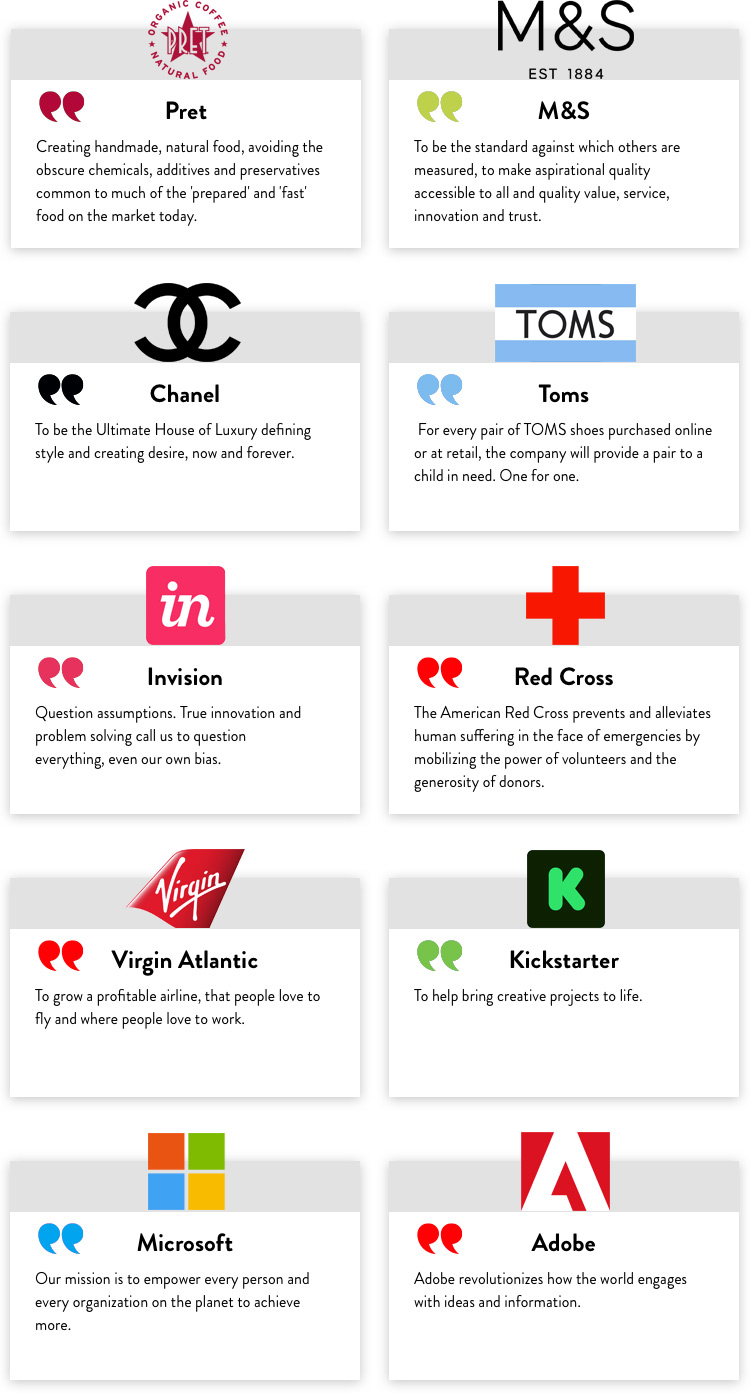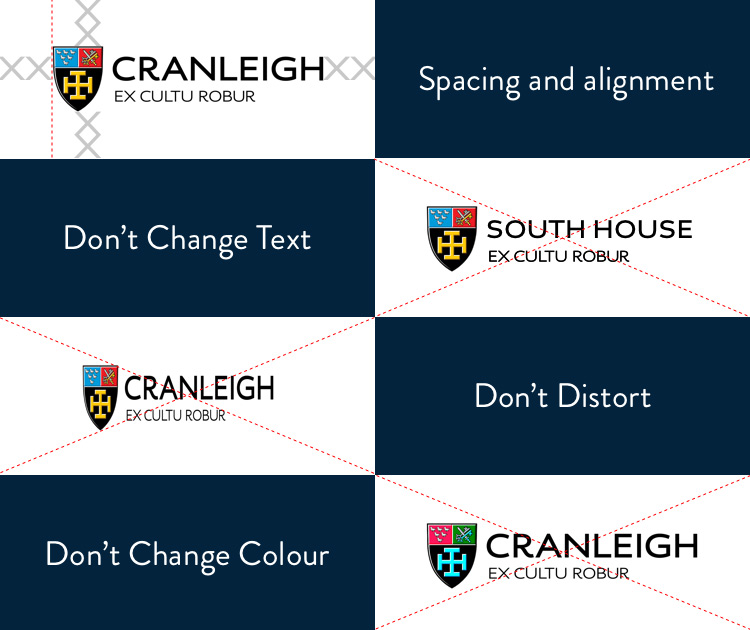Building a brand: make a lasting (and positive!) impression
If you’ve read part two of our blog on design and branding, you already know that we’re big fans of asking a lot of questions, of yourself and your business, before you design your company logo. The same is true when it comes to defining and building a brand.
That logo has been carefully crafted to represent everything your business stands for. So it makes a lot of sense to invest time and energy in understanding your brand’s values and personality too, because this will be central to the relationships you build with your customers – and ultimately to building a brand with staying power.
What is a brand – and how do you build it?
Check out the Google academy and you’ll find many, varied definitions. But what we’re talking about here is quite a complex set of factors: a perception that goes much deeper than simply the name of a product or service, to engage people on a more intuitive and emotional level.
Joining together a logo and positive company values in people’s minds is what makes powerful, iconic, instantly recognisable brands. Your aim is to generate positive recognition for your company’s name and logo, while at the same time communicating a sense of what they stand for. And you need to take charge from the outset, because building a successful, lasting brand doesn’t happen by luck or accident.
Brand-building 101: your routemap for building a brand with staying power
Having designed your logo, you’ve already answered some key questions about your customers. You know exactly what your business does and how it does it. To really mobilise your brand, you need to take that thought process further, to identify your company’s values and think about the kind of associations you want people to have with your brand every time they see your logo or hear your company’s name.
Keeping a strong set of values at the heart of your business is critical if you’re going to create an authentic brand voice. But don’t forget to think about your customers too: what matters to them? What’s likely to motivate them and engage them in support of your brand above another?
So with all that in mind, here’s your 6-step plan to get you on the right road for successfully building your brand!
1: Define your brand’s core values
You probably did a lot of soul-searching when you were developing your company logo that’ll come in very handy here. Think about your core strengths: why was the business created, what problems does it solve and who does it solve them for?
If you don’t already have one, create your mission statement – something short and very clear, that answers four key questions: what do we do? how do we do it? who do we do it for? and what value are we bringing? in one easy statement.

Armed with your mission statement, you have a great and grounding framework for building your brand, because everything you do should lead right back to your mission.
2. Think of your brand as a person: create your own business avatar
It’s the next step on from defining core values – but it’s not the same. What makes your brand tick? What matters – what is it passionate about? It may be any number of things, from causes to quality aspirations, but your aim is to get inside the character of your business: how would it dress, how would it speak…?
Creating your business avatar means you can always check back with it to keep your brand’s identity on track. The further along and more successful your business becomes, the greater the risk of losing its authenticity. And in the age of social media especially, that can be very, very damaging for a brand.
3: Distinguish your brand from your competitors
It’s true that the best way to take ownership of a market is to be first with a new product or service. But let’s face it, for most of us, unless we’re ground-breakingly innovative, we’re looking for success in a competitive marketplace.
That’s a good thing, because it demonstrates very clearly that there’s a market for what we’re selling. On the downside – it can make it a lot harder to differentiate. So take the time to investigate your competitors: how have they positioned themselves, who are their customers? What do you admire about them – and what not so much? Find out how and where they are marketing themselves – then use all this info to inform, not copy into, your positioning and plan of action.
4: Who are you selling to? Define your audience
And very early on – lose the word ‘audience’ if you can. Since time began, the ultimate market segment has been ‘one’: the individual. Nothing’s changed on that front. You’re just looking for many, many ‘ones’ – and understanding a broad type is a good start, but as your brand-building gathers pace, you’ll find it becomes increasingly important to personalise your marketing, whether that’s through a responsive social media strategy or personalised emails.
Use the work you did when you were developing your logo and get specific about exactly the kind of person that would most benefit from your product or service, so that your authentic voice can talk to their authentic voice and build a relationship for the long-term.
5: Create an elevator pitch.
You’ve heard of them. It’s that ‘You’ve got 30 seconds to grab and keep my interest’ moment. Being prepared for it is a fantastic way to really nail what your business is all about – and why the person you’re speaking to should care. It will also provide an excellent baseline for all your marketing and promotional activity and, a bit like your mission statement, give you a succinct basis for consistently representing your brand, wherever and however it appears.Which brings us neatly to…
6. Create brand guidelines and build out your brand
Remember at the start of this blog we talked about brand-building not happening by luck or accident? Consistency is absolutely critical to successful brand-building, from the way your logo appears to the sound of your brand’s voice. And as your business grows, that includes the way your employees do what they do: how they speak to your customers and how they deliver on your brand’s promise.
Your (logo) designer can help you create a style guide that covers everything from how your logo should be reproduced, in colour or black and white, for different printed or digital formats, to how images should be used and what font or fonts should be used in all your marketing materials.
When you engage all these factors, from identity, personality and authentic voice, to what matters to your business and who it’s been created for, you can tell your story in a way that engages, motivates and builds trust, to breathe life and depth into your brand. For the long term.
Next time: So you’ve got a great logo and you’ve done all the work to define your brand. But how do you get it out there? In our next series, we look at brand marketing – and how to pull it all together to start telling your story.
